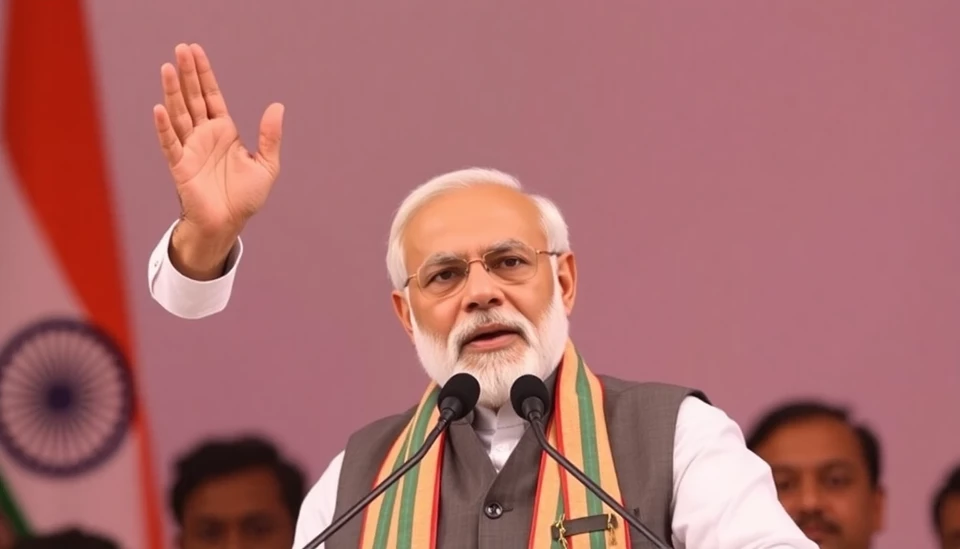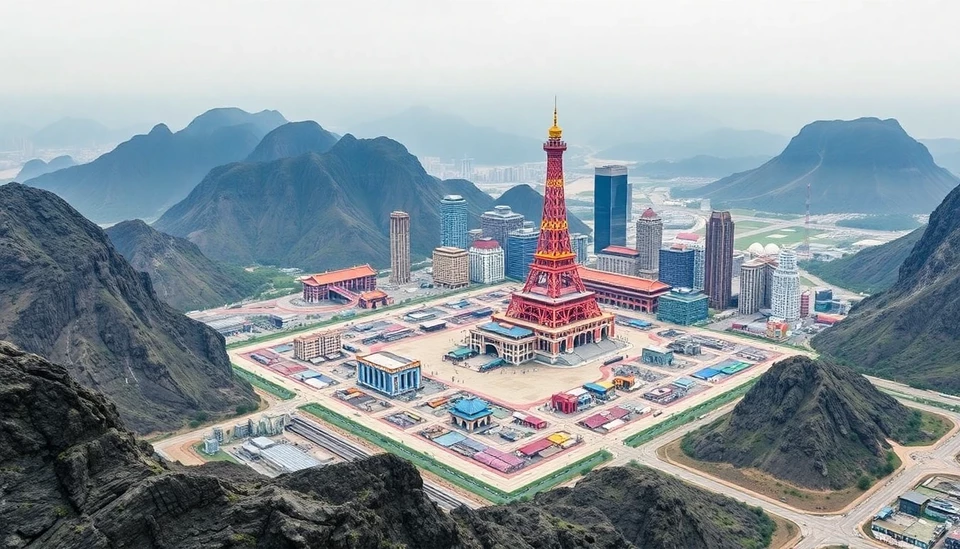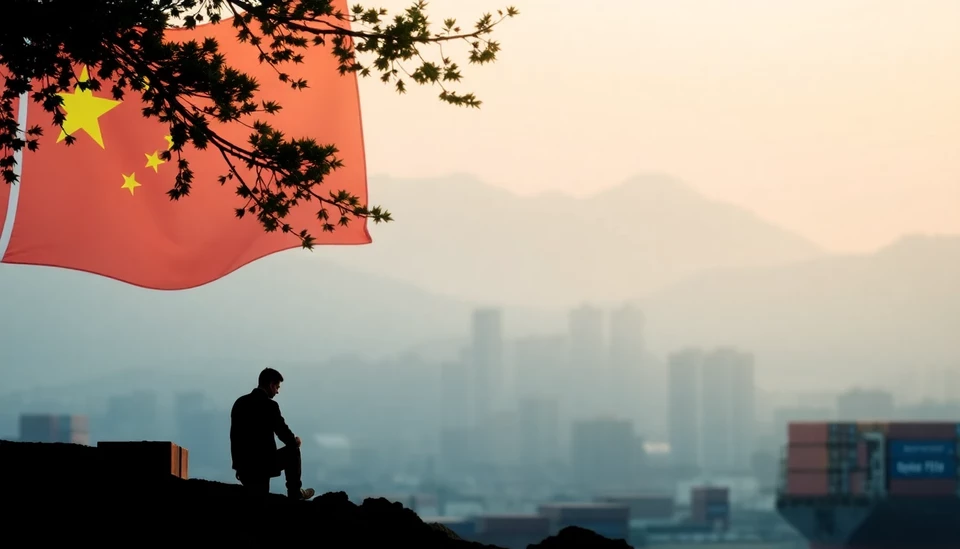
In a significant shift in focus, Indian Prime Minister Narendra Modi is prioritizing the interests of the middle class as the nation grapples with stuttering economic growth and rising unemployment rates. As India's economy faces headwinds, concerns are mounting regarding the effectiveness of fiscal measures meant to stimulate job creation.
The unfolding economic landscape has revealed a stark contrast between the aspirations of the middle-class population and the daunting unemployment crisis that many are experiencing. With recent data indicating a decline in GDP growth, Modi's government is now faced with the challenge of not only fostering economic expansion but also addressing the rising tide of joblessness affecting millions.
As public sentiment stirs regarding economic policies, the ruling party appears to be banking on the loyalty of the middle-class demographic, which has been instrumental in Modi's electoral victories. Observers suggest that this demographic, which often features prominently in consumer spending and economic activity, will become the cornerstone of the administration's strategy moving forward.
Modi has been criticized for not doing enough to tackle unemployment directly, with many voices in opposition highlighting the need for more robust job creation policies. Instead, his administration seems to be favoring consumption-driven economic growth, banking on the hopes of a revitalized middle class to pull the economy out of its present slump.
In addressing the issue, government officials have hinted at the introduction of taxation policies designed to benefit middle-class earners, as the administration seeks to bolster disposable income among this group. However, as the economy stumbles, question marks remain over the sustainability and effectiveness of such an approach.
While Modi's ramifications on the middle-class appear designed to secure political capital, his critics remain steadfast, arguing that without addressing the foundational issues of job creation and unemployment, such strategies may fall short. The balancing act that Modi's administration faces is evident, as it must navigate between appealing to the middle class while not neglecting the jobless who crave economic stability.
As India stands at this crossroads, the emphasis on middle-class welfare could have significant implications for future electoral prospects, but the growing specter of unemployment looms large, demanding immediate and decisive action from the government.
In conclusion, India’s economic future hangs in the balance as Modi's administration chooses to pivot towards the middle class. This decision faces scrutiny from both supporters and detractors, raising important questions about the country's growth strategy and long-term economic health amidst rising unemployment rates.
#Modi #IndianEconomy #MiddleClass #Unemployment #JobCreation #EconomicGrowth #India2025
Author: Daniel Foster




